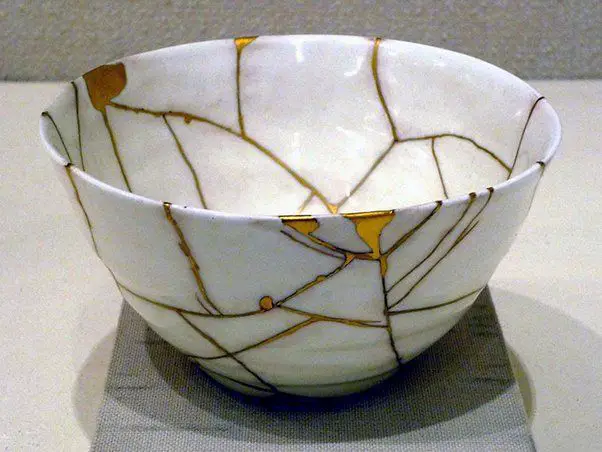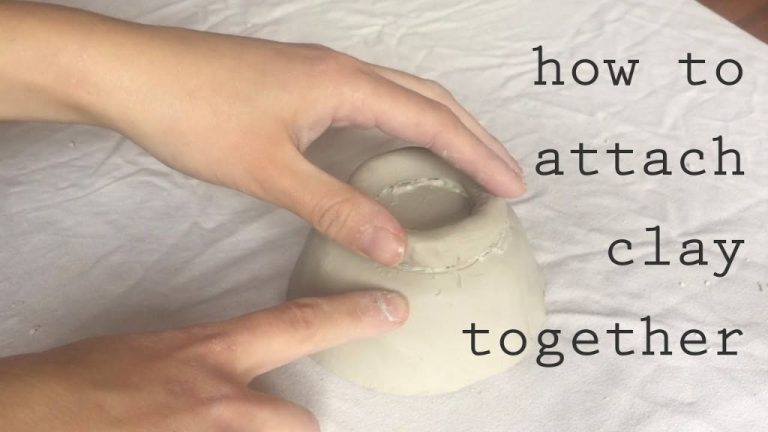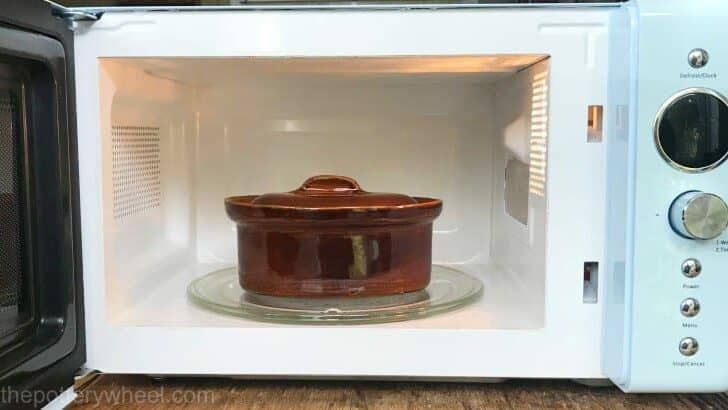What Are The Cons Of Slip Casting?
High startup costs
One of the biggest downsides of slip casting is the high startup costs involved, especially for new small businesses or artists looking to produce their work. Some of the main costs include:
Mold costs – Having high quality plaster molds made can easily cost $300-$1000 each depending on complexity and size, and a production studio will need multiple molds. Molds also need periodic maintenance and replacement as they wear down over time.1
Clay costs – Slip casting uses high amounts of clay in liquid form. Buying clay in bulk as slip can cost $1000-$5000 to get started depending on quantity and clay type.2 Keeping enough clay mixed for production needs significant upfront investment.
Equipment costs – At minimum a studio needs slurry mixers, plaster bats, drying racks, kilns, and glazing equipment which can all add up. A good quality electric kiln suitable for production may cost $2000-$5000.3 Having enough workspace, tools, storage, and safety equipment also adds to expenses.
Glaze and pigment costs – Developing a palette of glazes and colored slips takes testing. Buying enough glaze materials and pigments for production can cost thousands initially.
All combined, a properly equipped slip casting studio requires a large upfront investment in the range of $10,000-$30,000 to get started.
Time investment
Slip casting is a time intensive process with multiple steps that require waiting for materials to set and dry. According to You Will Be Slip Casting Ceramics With These 5 Easy Steps, after pouring slip into a mold, you need to wait 15-25 minutes for it to thicken before pouring out excess. The molded pieces then need around 2 hours for initial drying before the molds can be removed, as noted in the SlipCasting tutorial.
The full process from making molds to finished fired pieces can take days or weeks. Planning ahead and having patience is necessary when slip casting. While waiting for steps to complete, the potter needs to maintain and store molds, prepare slip, and plan for firing. Compared to methods like wheel throwing, slip casting requires more upfront time investment in mold making and extended drying times. The benefit is efficiently producing multiple identical castings once molds are ready.
Brittleness

One major downside of slip casting is that the resulting pieces can be quite fragile and prone to cracks. Because slip casting involves pouring liquid clay into a mold and allowing it to dry, the clay particles align in the path of least resistance as the water evaporates. This alignment, along with fast drying, can create weaknesses in the material that lead to brittle cast pieces.
Fragile slip cast pieces have been noted by potters on forums like Clayart: “I recently heard someone mention that “slip cast” porcelain pottery was less durable than similar porcelain or stoneware pottery that was thrown” (source). The drying process in slip casting creates an inherent brittleness not found in hand-thrown pieces.
To compensate for this weakness, slip cast pieces usually require very careful handling and often additional strengthening from glazes or firing techniques. However, they will likely never match the durability and resilience of wheel-thrown ceramics. Brittleness and fragility remains a key downside of choosing the slip casting method.
Limitations on shapes
One of the biggest limitations of slip casting is difficulty creating complex shapes with undercuts or protrusions (Slip Casting of Ceramics). The mold can only be made in two halves, limiting the shapes that can be produced. Pieces with complex curves, hollow interiors, or intricate details are very challenging or impossible with slip casting.
As noted in Ceramic Processing: Slip Casting, if a ceramic piece needs small, sharp features within tight dimensional tolerances, slip casting may not be the best process. The flexibility of the mold and slow drying of the slip makes it difficult to pick up fine details and maintain precision.
Overall, slip casting excels at simple, open shapes like bowls, cups, and vases. But it reaches its limits with complex geometries requiring multi-part molds. The constraints of mold making and demolding shape what’s possible.
Limited sizes
One of the main cons of slip casting is that the sizes of pieces are constrained by the sizes of available molds. As explained by the digitalfire article on slip casting (https://digitalfire.com/glossary/slip+casting), the process involves pouring liquid clay slurry into plaster molds. This means the dimensions of the final cast piece are limited by the size of mold that is used.
While molds can be custom made, this requires additional time, effort and expense, as discussed in the Ceramic Processing overview on slip casting (http://ceramics.org/wp-content/uploads/2014/04/Slip-Casting-Lesson-111.pdf). So in general, slip cast pieces tend to be constrained to standard mold sizes available, which can be a drawback for pieces requiring specific or large dimensions.
Difficult hollow forms
One of the cons of slip casting is that it can be challenging to create hollow forms. Since slip casting involves pouring liquid clay into a mold, the clay needs a way to fully flow out of the interior of the mold. This requires incorporating a drain hole into the design so that excess clay can exit (source: https://www.instructables.com/SlipCasting/). The drain hole needs to be sized appropriately and positioned strategically within the mold. If not, the mold may not drain fully, resulting in thicker walls or a solid form rather than the desired hollow interior.
In addition, hollow slip cast pieces require an internal support structure during drying and firing to prevent collapsing. This support structure, such as bits of crushed up clay, must be added before pouring the casting slip into the mold. The support material is shaken out after drying through the drain hole. Designing and adding appropriate internal supports adds complexity and time to the slip casting process when creating hollow wares (source: https://www.eastfork.com/journal/what-even-is-slipcasting).
Finishing Required
One of the cons of slip casting is that the finished casts require additional work before they are ready for use. After the slip casting process, the cast pieces have rough edges and surface imperfections that need to be smoothed out.
The cast pieces require cleanup work like filing, sanding, and polishing to refine the edges and surfaces. This is a manual process that takes time and labor. According to The Crucible, slip cast pieces often have visible seam lines from the mold that need to be sanded down and smoothed out.
In addition to refining the surfaces, most slip cast pieces require glazing before they are complete. The glazing process adds an extra step compared to other casting methods. Multiple coats of glaze may need to be applied manually and then fired in a kiln. All of these finishing steps add time and cost to the slip casting process.
Shrinkage
One of the main disadvantages of slip casting is that the finished pieces will shrink during the drying and firing processes (Slip Casting). Pieces made with slip casting can shrink between 1.5-8%, depending on the clay body used (Shrinkage, Slipcast). This shrinkage needs to be accounted for when designing the original molds, otherwise the finished pieces may be smaller than desired. The amount of shrinkage depends on factors like the clay body, the thickness of the piece, and the firing temperature. Testing is required to determine the expected shrinkage for a particular clay body and firing method.
Mold maintenance
Slip casting molds degrade over repeated use and have a limited lifespan. Plaster molds can generally make 200-300 castings before needing to be remade, according to this article. Factors like mold thickness, clay body ingredients, and firing temperature impact mold durability. Thinner molds wear faster. Abrasive materials in clay bodies also increase mold deterioration. Higher firing temperatures lead to increased shrinkage, straining the mold. As molds degrade, the surface quality declines, resulting in pieces needing more finishing work. Maintenance like occasional recoating can prolong mold life, but eventually molds require replacing.
Limited quantities
One of the main downsides of slip casting is that it can only produce small batches compared to other ceramic manufacturing methods like pressing or extrusion. Each mold can only make a few pieces before needing to be refilled with slip. According to Ceramic Processing: Slip Casting, a single plaster mold may yield 5-10 pieces per hour. For larger production runs, multiple molds need to be created which increases time and costs. While suitable for small studios, slip casting is not ideal for mass production of thousands of identical pieces.



